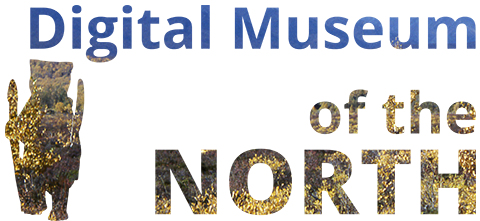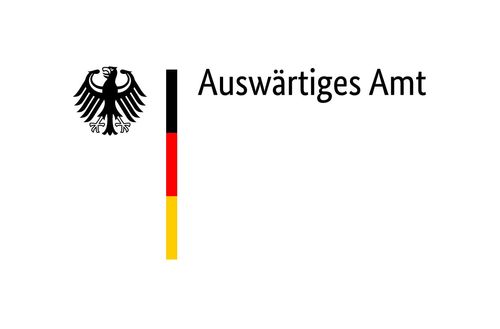Musée d‘ethnographie de l‘Université de Bordeaux
Marianna Egorovna Barachova’s explanation of shamanic attributes
“From our ancestors, we have inherited the belief in the power of shamans. A shaman is a person who possesses special gifts, talents, supernatural powers, and wisdom. He has the unique ability to sense and understand the invisible, hidden forces of nature. As a mediator between people and the deities of the upper and lower worlds, he conveys the wishes and requests of the people of the Middle World — for example, not to send epidemics or to take back illnesses.
This is done through the kamlanie, the shamanic ceremony, during which the shaman wears a special ritual garment called kumu. It is sewn from the suede-like processed hide of a two-year-old horned animal and carries a large number of metal pendants on both the front and the back.
On the back of the kumu are also ropes. These are held during the kamlanie by the shaman’s assistant (called kuturuksut) — a strong young man. If he lets go of these reins, the shaman may become seriously ill or even die on the spot.
At the lower part of the sleeves and along the collar and hem of the kumu, fringes are sewn. The most important pendant on the shaman’s costume is the sun or life disk (kүҥehe). In addition, there are round pendants that represent ice holes (oibon). When the shaman transforms into a fish, he dives through such an ice hole and returns through it after having made contact with beings in the lower world.
The garment also has pendants shaped like fish and other animals. These represent the helper spirits of the shaman who assist him on his journey between the worlds. When he needs to ascend into the air to communicate with the highest deities, bird-shaped helper spirits support him. Pendants in the form of birds are sewn onto the front of the kumu.
The bells (khobo, aaryk) on the shaman’s clothing protect him during his journey, as their ringing drives away dark forces.”
Recorded in Cherkeech (Taatta ulus), 2024.



